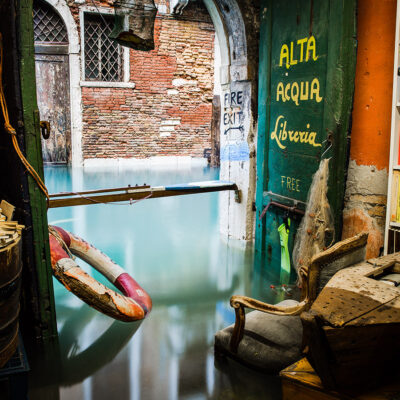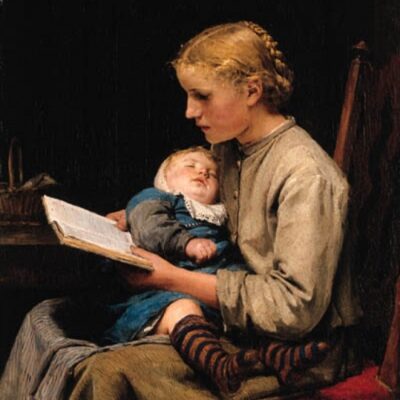The River We Remember by William Kent Kreuger
The River We Remember is a police procedural set in a fictional small town (Jewel) in a fictional county (Black Earth) in southern Minnesota. It is May 30, 1958—Memorial Day—and though World War II ended more than ten years back, wounds have yet to be healed. Scars and memories remain as do bias, intolerance, and prejudices.
The story begins with a prologue that perfectly exemplifies the extraordinary way Kent Krueger blends place and plot.
Prologue
The Alabaster River cuts diagonally across Black Earth County, Minnesota, a crooked course like a long crack in a china plate. Flowing out of Sioux Lake, it runs seventy miles before crossing the border into Iowa south of Jewel, the county seat. It’s a lovely river filled with water that’s only lightly silted, making it the color of weak tea. Most folks who’ve grown up in Black Earth County have swum the river, fished its pools, picnicked on its banks. Except in spring, when it’s prone to flooding, they think of it as an old friend. On quiet nights when the moon is full or nearly so and the surface of the Alabaster is mirror-still and glows pure white in the dark bottomland, to stand on a hillside and look down at this river is to fall in love.
With people, we fall in love too easily, it seems, and too easily fall out of love. But with the land it’s different. We abide much. We can pour our sweat and blood, our very hearts into a piece of earth and get nothing in return but fields of hail-crushed soybean plants or drought-withered cornstalks or fodder for a plague of locusts, and still we love this place enough to die for it. Or kill. In Black Earth County, people understand these things.
If you visit the Alabaster at sunrise or sunset, you’re likely to see the sudden small explosions of water where fish are feeding. Although there are many kinds of fish who make the Alabaster their home, the most aggressive are Channel catfish. They’re mudsuckers, bottom feeders, river vultures, the worst kind of scavengers. Channel cats will eat anything.
This is the story of how they came to eat Jimmy Quinn. [no page number]
As always Krueger’s characters are well described, unique yet highly relatable. The cast includes Sheriff Brody Dern, a decorated war hero haunted by the physical and emotional damage from World War II and choices he has made in his life; Asa Fielding, his deputy; and Conrad ‘Connie’ Graff, previous sheriff of Black Earth County, retired and then brought back as periodic deputy covering when Brody and/or Fielding need him. Other characters include local lawyer Charlotte “Charlie” Bauer; a journalist named Sam Wicklow; Jimmy Quinn a White prominent landowner and food for the Channel catfish; Noah Bluestone a Native American who had recently been fired by Quinn for allegedly stealing gasoline, and Noah’s wife, Kyoko, a Japanese survivor of Nagasaki.
Krueger uses a third-person omniscient narrative voice to depict his characters and drive the plot forward.
“A lot of farmers came into town in their faded, patched, and soiled biballs or dungarees, their boots crusted with barn muck. Not Jimmy Quinn. He claimed to be descended from Irish kings and he always rolled into Jewel looking like gentry.” [p. 27]
Grange was small but powerfully built, in his late twenties, and recently married. He farmed for both his father-in-law and Quinn, trying to bank enough money so he could someday buy and work his own land. The other man was Tyler Creasy. He was in his mid-thirties, tall and gaunt, cheeks that were hollows in a horse face. He’d removed his hat when he came into the living room, an old red ball cap, exposing a scalp with only a few long wisps of hay-colored hair remaining. Brody and Creasy had a history; not a good one. The sheriff had known Creasy since they were both boys but never known him well. Creasy came from an extended family that lived along the river south of Jewel in a place folks called Creasy Hollow. They were a bunch that kept to themselves and Tyler, the youngest, was no exception. He’d been a quiet kid, a loner, as Brody recalled. Then, like so many young men, on graduation from high school he went away to war and came back changed. Darker. Harder. Brody had hauled him in a number of times for a variety of reasons, usually involving alcohol and fisticuffs. At the moment, Creasy’s hostility was clear in the way he eyed the sheriff. [p. 31]
William Kent Krueger is widely recognized for his bestselling “Cork O’Connor” mystery series, a sequence of novels featuring a part-Irish, part-Ojibwe former sheriff, Cork O’Connor, solving crimes in northern Minnesota. In 2005, Krueger won an Anthony Award for Blood Hollow and won the award the following year for Mercy Falls. Ordinary Grace, his stand-alone novel published in 2013, received the Edgar Award, given by the Mystery Writers of America in recognition for the best novel published in that year. This Tender Land, published in September 2019, spent nearly six months on the New York Times bestseller list. The River We Remember, published in 2023, was featured on many best-of-the-year lists, as well as receiving an Edgar Award nomination for Best Novel.
The author was inspired to write The River We Remember by his father’s experiences as an 18-year-old leaving to fight in Europe during World War II, as well as by similar ordeals suffered by his friends’ fathers. Each of them “were deeply wounded by the horrors they had seen, and the horrors that they had been a part of,” he says. “All my life, I’ve wondered, how did these men manage to heal from that, those great wounds? And what about the people they left behind—mothers and wives and sisters and fathers—who were praying desperately for their loved ones while they were far away, and who in the end may have lost them? What about those wounds? That’s really what I set out to explore. [Bookpage]
William Kent Krueger is a brilliant storyteller, and you are in for a treat if you choose this novel to read next. I highly recommend it to everyone!
Check Amazon for more on this book I love.


















Appreciate your blend of review and excerpts. They really give me a feel for the plot while hearing a bit of the author’s voice.